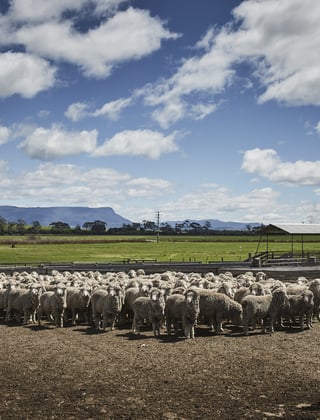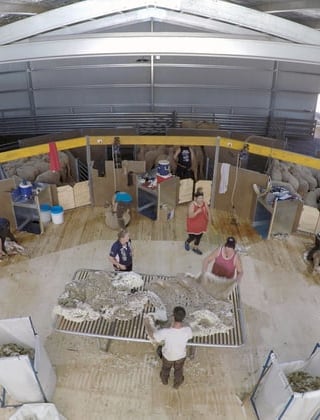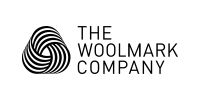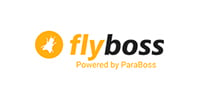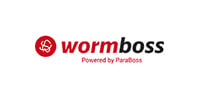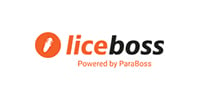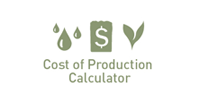‘SafeSheds’ shearing shed safety program
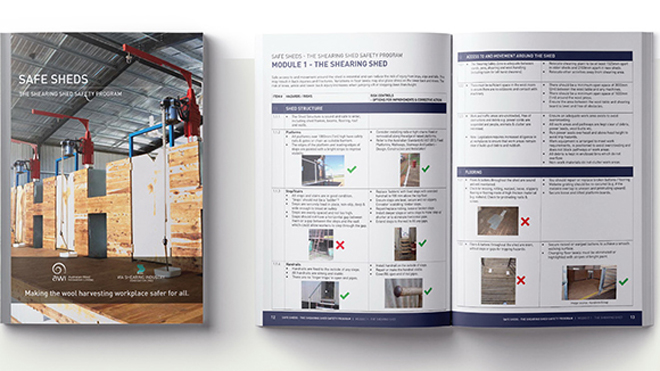
The shearing shed safety program SafeSheds, which includes a best practice guide and safety checklists, is making the wool harvesting workplace safer for all shed workers. The resources are available for free to woolgrowers across Australia.
Launched in 2020, SafeSheds is now being used across the country by many woolgrowers and shearing contractors to help them assess the safety and conditions of their shearing sheds. This enables the woolgrower to create a program to rectify any safety hazards, improve working conditions and comply with modern workplace standards.
“The shearing industry is one of the most physically demanding occupations out there. As an industry we need to do as much as is possible to reduce the risk of injuries and accidents occurring in shearing sheds,” said AWI General Manager, Grower Services & Market Intelligence, Stephen Feighan.
“As well as addressing the safety of the shearing shed and machinery, SafeSheds also encompasses work practices, working conditions and staff amenities. With so many alternative career options available to young people in Australia, it is vital that the wool industry ensures the work environment in shearing sheds is as professional as possible to attract and retain wool harvesting staff.
“Not only is SafeSheds helping to provide safe and modern working conditions for wool harvesting staff, it also helps improve productivity.”
SafeSheds is a self-assessment guide and not a formal audit or compulsory standard. It has been created to provide shearing shed operators with an understanding of the risks, and options to control risks wherever possible.
By planning and documenting improvements, woolgrowers are able to provide direct evidence of efforts in managing safety as required by relevant state workplace health and safety legislation.
Developed by AWI and WA Shearing Industry Association (WASIA), SafeSheds harnesses the support of industry including WoolProducers Australia, Pastoralists & Graziers WA, WAFarmers and Shearing Contractors’ Association of Australia.
What does SafeSheds cover?
SafeSheds is available as an 80-page booklet with four sections:
- Legal obligations of people involved in shearing
- Guidance on how to assess their current shearing shed and manage risks
- Detailed best practice guidelines for all areas of shearing operations:
- Module 1 – The shearing shed
- Module 2 – Machinery and equipment
- Module 3 – Amenities and facilities
- Module 4 – Work practices
- Module 5 – General working conditions
- Assessment checklists
- Full assessment
- Pre-shearing checklist
- Induction checklist
- Post shearing checklist.
Ideally, woolgrowers should go through all five modules and the full assessment checklist at least once a year, preferably early in the off-season as this will allow as much time as possible to make any changes and improvements before the next shearing.
The SafeSheds booklet is available free in downloadable PDF format in full, or in separate sections, from the AWI website at wool.com/safe-sheds. The SafeSheds checklists are also available via the AWI website in a handy digital, interactive format.
More information: www.wool.com/safe-sheds
Shed safety signage kit
The shed safety signage kit for woolgrowers to use in their woolsheds contains 36 safety signs that are printed on UV-stabilised polypropylene for durability, with pre-drilled holes for easy installation. The kit also includes guidance notes to assist in the proper location and installation of the signs.
Developed and produced by WASIA, with support from AWI, these signs meet Australian Standards and legislative requirements in all Australian states and will help woolgrowers meet occupational health and safety obligations.
AWI sponsored the development and production of the kit and makes it available to woolgrowers at the handling and postage cost of $25 (including GST) per kit.
More information: www.wool.com/safe-sheds
This article appeared in the Autumn 2025 edition of AWI’s Beyond the Bale magazine that was published in March 2025. Reproduction of the article is encouraged.







